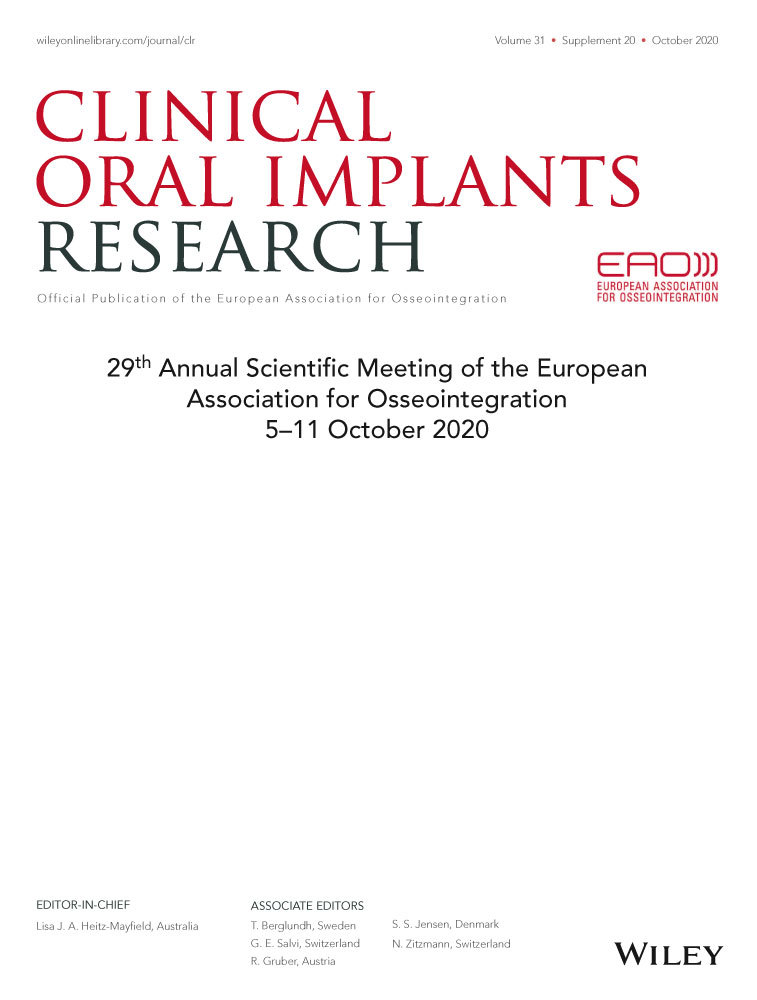Comparative Analysis of Osseointegrated Implants Stability Placed in Type IV Bone with 1- to 13-year follow-up
YNJG1 ePOSTER CLINICAL RESEARCH – SURGERY
Background: There is no agreement among researchers about the predictability of dental implants inserted in low-density bone. Some prospective studies have reported survival rates similar for implants inserted in poor-quality bone and in good-quality bone, but there is not a consensus about the best clinical method to stability evaluation of implants.
Aim/Hypothesis: The aim of this clinical retrospective study was to evaluate the survival rate of osseointegrated implants installed in Type IV Bone using three clinical methods of stability evaluation.
Materials and Methods: The Osseointegrated implants were placed in patients of author clinic to restore posterior region with type IV bone. Patients were excluded according to the following criteria: patients with systemic contraindications to surgery, uncontrolled diabetes, long-term use of bisphosphonates, abuse of alcohol or drugs, psychiatric problems and irradiated patients. The patients were rehabilitated with fixed screw-retained prosthesis and followed up a minimum period of 12 months after prostheses installation. The success criteria used were percussion test (PT), reverse torque test (10N.cm) (RTT) and RFA to measure ISQ.
Results: Between December 2004 to August 2017 a total of 156 implants were placed in 75 patients (37 women and 38 men) with mean age of 56 years (range: 37–76 years). The implants were placed in the maxillary posterior region. All implants with diameter of 3.75 mm and different length: 6 mm (n = 23), 7 mm (n = 1), 8.5 mm (n = 16), 10 mm (n = 32), 11.5 mm (n = 50) and 13 mm (n = 34). Twelve implants (8.06%) were lost and one-hundred-forty-four implants were restored with fixed screw-retained prosthesis and followed up for a period of 1 to 13 years. The survival implants were followed up annually with prostheses removal for the osseointegration analysis. In 144 implants were used the percussion (PT) and reverse torque test (RTT). In sixty-four implants were used PT, RTT and RFA with ISQ measurement. The ISQ values comparative Statistical Tukey analysis of 64 implants with 3.75 mm diameter and lengths : 6, 8.5, 10.,11.5 and 13 mm only 6 mm implants present significant difference P < 0.05
Conclusions and Clinical Implications: →The survival rate of 92% in this study is similar to presented by literature →The PT, RTT and RFA are good methods to implant stability control → The effective implant length and abutment micro movement interfere in ISQ measurement → Although the RTT is considered invasive, it was demonstrated that it is a good implant stability test in this study
Keywords: Implants stability, Type Bone, Comparative Analysis, ISQ measurement




